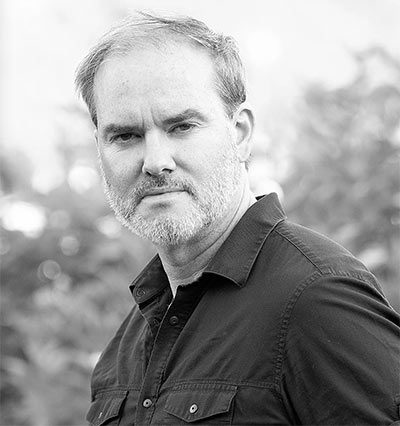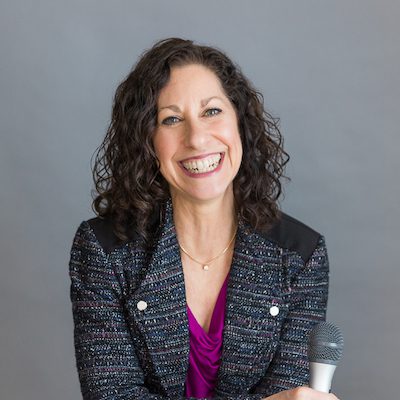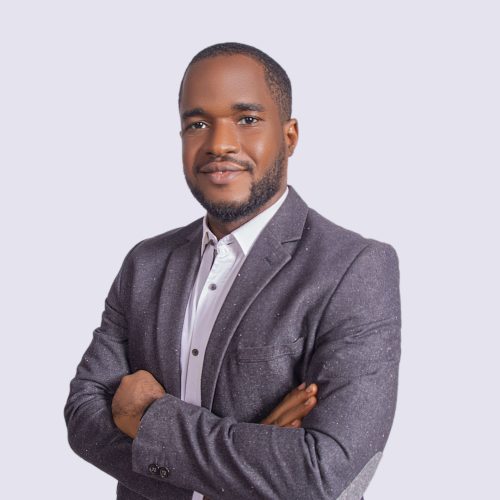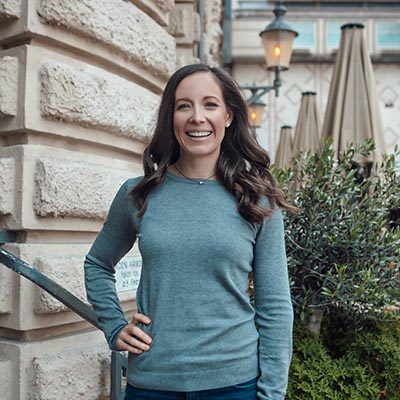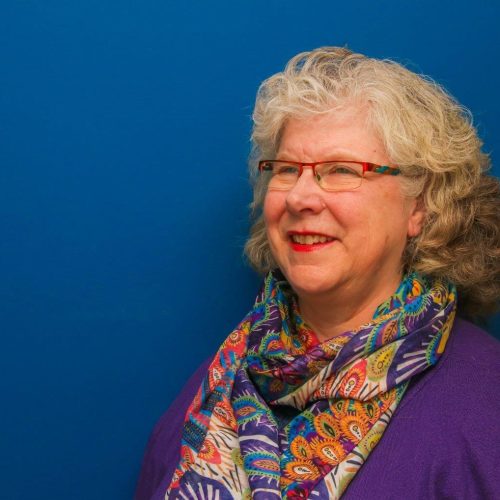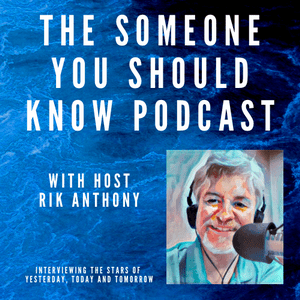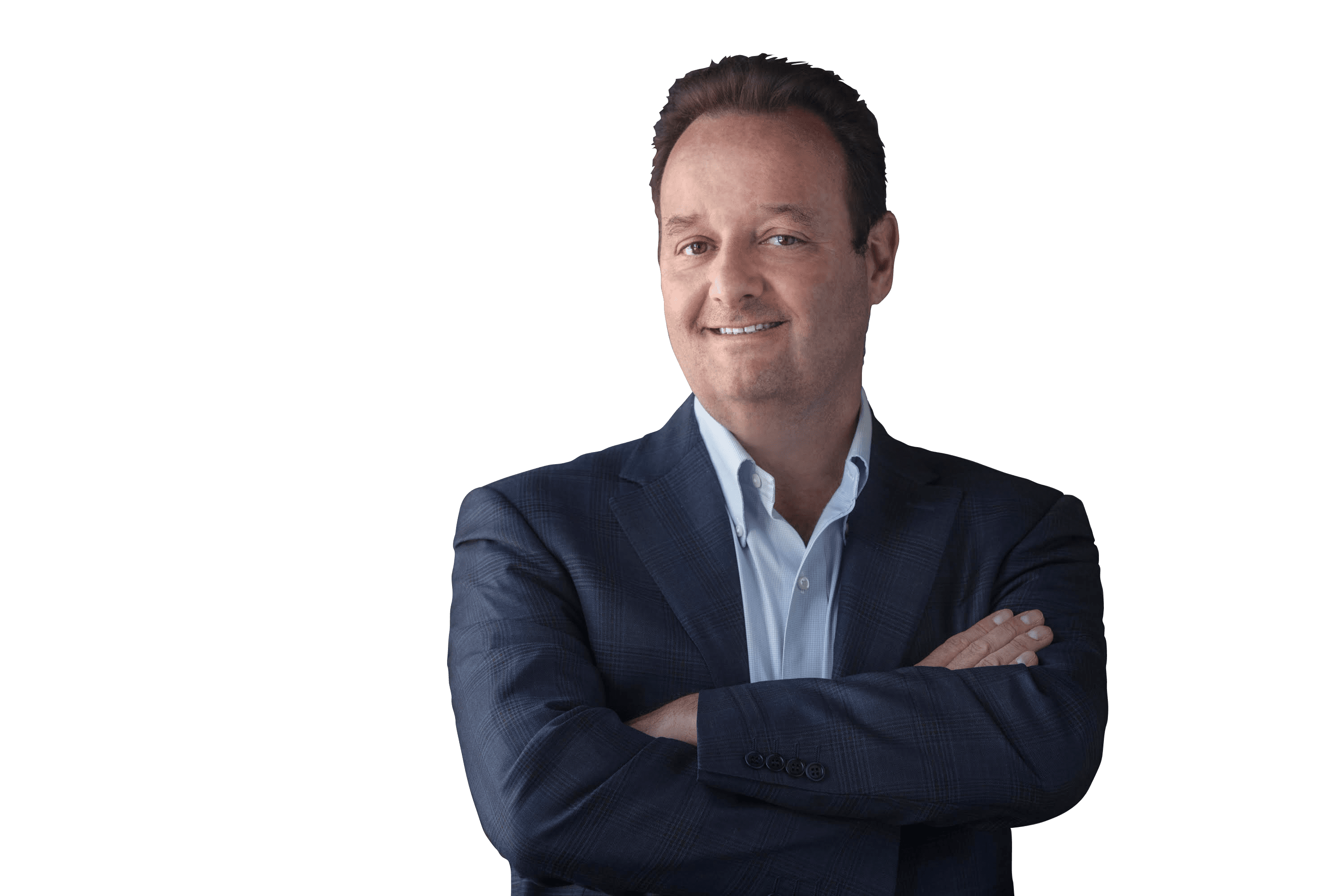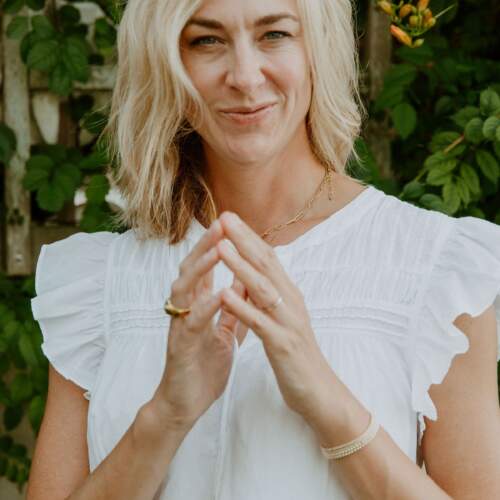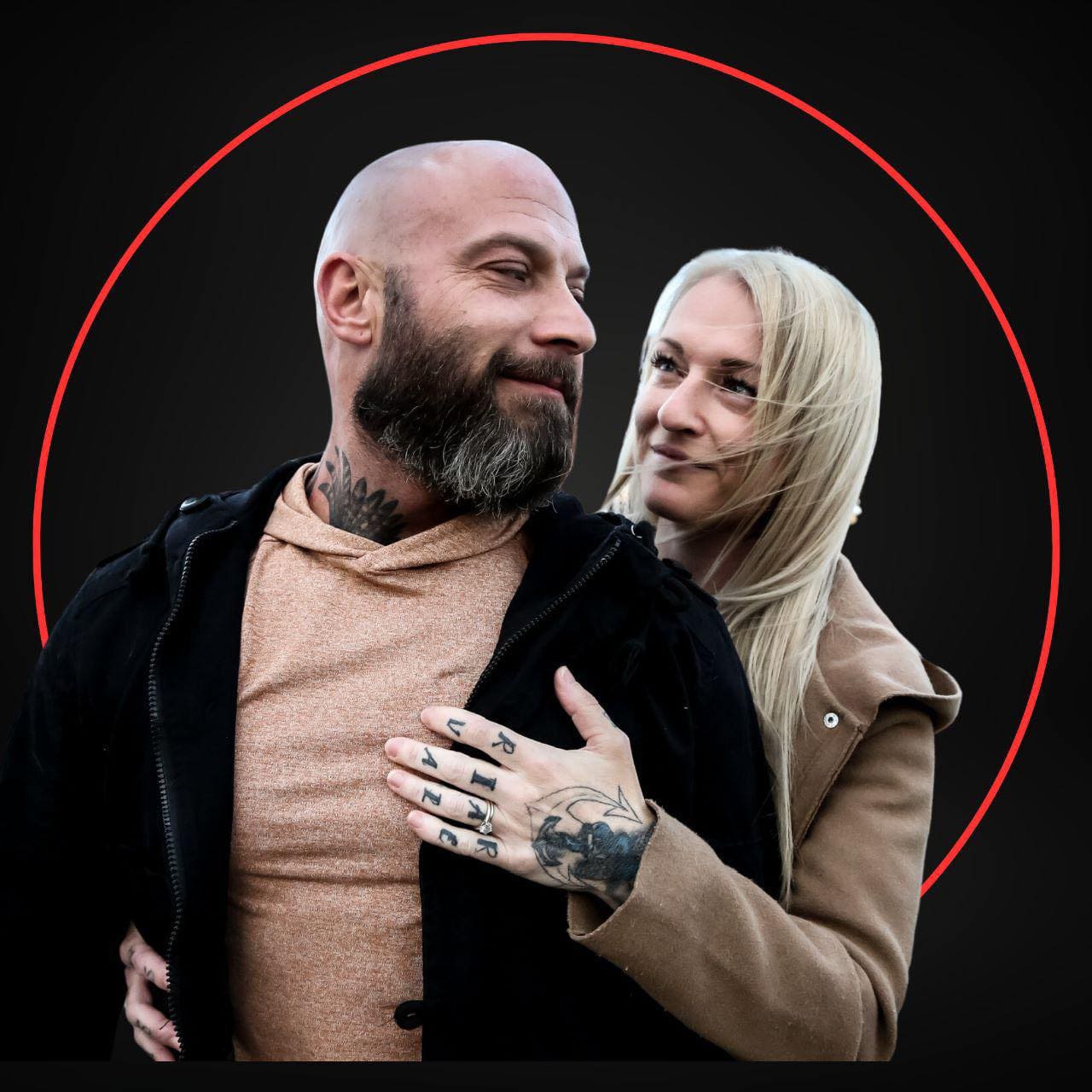The Truth About Impact Investing Returns: Why 15% Isn’t Always ‘Too Much’
I’m not a financial advisor; nothing I write in Superpowers for Good should be considered investment advice. You should seek appropriate counsel before making investment decisions.
When you purchase an item, launch a campaign or create an investment account after clicking a link here, we may earn a fee. Engage to support our work.
I have a bit of a bone to pick with my friend Michael Shuman, who writes The Main Street Journal newsletter. Let’s be clear that I’m talking about a bone that is the size of the annoying little bones you sometimes get in fish, not like the femur I broke back in 2023.
Before I explain the bone that I feel compelled to pick, let me say that you really should subscribe to his newsletter. You should become a paying subscriber to his newsletter. (You should also be a paying subscriber to this newsletter, too. In fact, because we both offer subscriptions at crazy low prices, you can subscribe to both for about the same cost as the average newsletter subscription—$10 per month.)
What Is a “Scrooge Rate of Return”?
Now, the bone. In his December 19th post, “Scrooge Rates of Return,” he took “impact investors” to task for demanding high rates of return, pointing out that there is a trade-off between returns for investors and social impact. While I don’t think that relationship is linear, I agree that it exists.
He used the rate of 15 percent as an example of a fund demanding too much. I agree, that is a very high rate of return for a fund. Few that seek that reach that. It is challenging. To achieve that rate of return, funds likely have to price their individual investments with much higher target yields.
Let me explain. In any pooled investment, there are two unavoidable realities. One is that some investments don’t perform, and someone has to be paid to manage the Money. So, if you price all of your deals to yield 15 percent, your fund won’t get close to that level as a portfolio return. You’d be lucky to get 10 percent, depending on the nature of your portfolio. So, fund managers seeking portfolio returns, as Michael suggests, are likely pricing individual deals to yield 25 to 50 percent or more. I’m not kidding.
So, Michael was absolutely right to chide impact investment funds for seeking portfolio returns of 15 percent.
Why Individual Investing is Different
Here’s the tiny little fishbone issue I see. It is easy to misinterpret Michael’s message to conclude that Investing in a 15 percent loan on Honeycomb Credit is evil. It’s not. Let me explain.
Nobel Peace Prize winner and interim president of Bangladesh Muhammad Yunus gained his recognition for lending money to the poorest of the poor, sometimes in amounts as low as $10. He learned that they could and would pay the money back. What interest rate did he charge? Typically, 18 percent. If Yunus earned a Nobel with 18 percent interest, you can feel good about lending at 15 percent to a food truck chef—especially if credit cards charging 26 percent interest are the chef’s best alternative!
The nature of regulated investment Crowdfunding is that when a company asks for money, it does so on terms it finds acceptable, if not genuinely desirable. Business owners are generally grateful for the investments we make.
Fundamentally, it is essential to remember that there are two sides to the crowdfunding seesaw. The investors and the issuers. Michael’s critique of funds doesn’t apply, in my opinion, to ordinary individual investors.
It isn’t fair to suggest that a police officer, school teacher, nurse, firefighter, or other ordinary person invest hard-earned money at discounted rates to benefit entrepreneurs—especially when the entrepreneurs they back may be more affluent than they are.
You can criticize Bill Gates and other philanthropic billionaires for not giving away their money fast enough, for targeting investment returns that are too high, etc. Still, I’m not sure that same critique is relevant when talking about plumbers, chefs, Yoga instructors, mechanics and the other hardworking people who scrape together $100 each month to invest in crowd offerings.
Practical Advice for Individuals
Ordinary investors saving for Retirement should focus on maximizing financial returns along with their impact—including place-based, local investing impact.
Two of my favorite platforms for impact investing are Honeycomb Credit and SMBX. They use different underwriting and pricing approaches, but it is easy to find businesses there owned and operated by underrepresented founders, including women, folks working to address climate change, public health, or otherwise making the world—or at least their neighborhoods—better. As of this moment, among dozens of offerings, only one is listed at an interest rate below 10 percent.
The stock market, as measured by the S&P 500 over many decades, delivers a 10 percent average return. To match that return with debt investments, your average target return must be higher than that to compensate for fees and failures. There is nothing wrong with seeking to match the market.
In fact, if you feel like you work hard for your money, you are justified in expecting your money to work hard for you. Remember, however, that there is a high correlation (not perfect) between risk and reward. Getting a 10 percent return in the stock market has risk. A lot of risk. Anyone with 30+ birthdays can remember what happened to the stock market from 2007 to 2009 (it dropped almost 60 percent!).
Investing in small business loans with yields above 10 percent carries similar risk. In a recession, some of your borrowers will be unable to pay you back! That will happen occasionally, even in good economies.
For working people saving for retirement, I encourage you to build a diverse portfolio that includes some stock market investments. Putting everything to work in your own community has some extra risk. If you want to do that, get professional advice to help you manage it.
Let me share a bit of math to make the point why I think it is vital for people who don’t feel wealthy enough to discount investment returns. If you invest $100 per month for 30 years at an average return of 6 percent, you’ll have just over $100,000 saved. In contrast, if you invest at an average return of 9 percent, your portfolio will be worth just over $183,000—83 percent more! (In either case, you’ll have put in just $36,000, and the rest is from investment returns.) It isn’t just theoretical.
When Concessionary Returns Make Sense
I am grateful to be fortunate enough to invest a portion of my money in investments at concessionary rates. When I see people making a big difference in the world and can support them, even if the financial returns don’t make sense to my investing mind, I put my money to work for impact.
More importantly, I am grateful that there are funds and investors who do the same with all of their money. Those who are willing and able to invest with a primary or exclusive focus on impact deserve our praise and gratitude. Kudos to you.
While I hope that everyone will consider making some investments focused on impact while ignoring returns, that won’t work for everyone all the time. If you are not wealthy, you should feel no shame in seeking returns with your impact.
How to Find Impact Investments
Every Monday, my colleague Chandan prepares a list here on Superpowers for Good of all the new impact offerings available via regulated investment crowdfunding. He divides the list into those seeking social impact and those founded by underrepresented founders (minorities, women and members of the LGBTQ community).
His list typically includes one to two dozen new offerings. He profiles three or four of his favorites each week.
In addition, I’ll share my impact crowdfunding pick of the week with our paying subscribers. That post includes a detailed, lengthy (well-summarized and organized) due diligence report, so you can dig as deep into the analysis as you like.
Investing for impact and financial returns has never been easier! I’m sure I speak for Michael, too, when I invite you to join us!
Support Our Sponsors
Our generous sponsors make our work possible, serving impact investors, social entrepreneurs, community builders and diverse founders. Today’s advertisers include FundingHope, the American Independent Business Alliance, Abby and Targeting High Probability Investor Candidates. Learn more about advertising with us here.
Max-Impact Members
The following Max-Impact Members provide valuable financial support:
Carol Fineagan, Independent Consultant | Lory Moore, Lory Moore Law | Marcia Brinton, High Desert Gear | Paul Lovejoy, Stakeholder Enterprise | Pearl Wright, Global Changemaker | Ralf Mandt, Next Pitch | Scott Thorpe, Philanthropist | Add Your Name Here
Upcoming SuperCrowd Event Calendar
If a location is not noted, the events below are virtual.
SuperCrowdHour, January 15, 2025, at 1:00 PM Eastern. Devin Thorpe will be doing investor-focused training on building an investment strategy focused on investing in debt instruments to match or even exceed stock market returns. This is great for people serious about investing, whether you are starting with $100 or $100,000. Don’t miss it!
Impact Cherub Club Meeting hosted by The Super Crowd, Inc., a public benefit corporation, on January 21, 2024, at 1:00 PM Eastern. Each month, the Club meets to review new offerings for investment consideration and to conduct due diligence on previously screened deals. To join the Impact Cherub Club, become an Impact Member of the SuperCrowd.
SuperCrowdLA: we’re going to be live in Santa Monica, California, May 1-3. Plan to join us for a major, in-person event focused on scaling impact. More details to come soon!
Community Event Calendar
Successful Funding with Karl Dakin, Tuesdays at 10:00 AM ET – Click on Events
Community Capital Live, Havell Rodrigues, New Majority Capital, January 15, 2:00 PM Eastern.
Motivated Money Method for Raising Funding Workshop, January 16, 11:00 AM – 3:00 PM Eastern.
RootsCamp, A powerful and unique (un)conference in Baltimore for progressive organizers to reflect on the election and share lessons and strategies to build our future, January 23-25th.
Community Capital Live, Bernel Hall, New Jersey Community Capital, January 29, 2:00 PM Eastern.
Igniting Community Capital to Build Outdoor Recreation Communities, Crowdfund Better, Thursdays, March 20 & 27, April 3 & 10, 2025, at 1:00 PM ET.
NC3 Changing the Paradigm: Mobilizing Community Investment Funds, March 7, 2025
Asheville Neighborhood Economics, April 1-2, 2-25.
If you would like to submit an event for us to share with the 8,000+ members of the SuperCrowd, click here.








